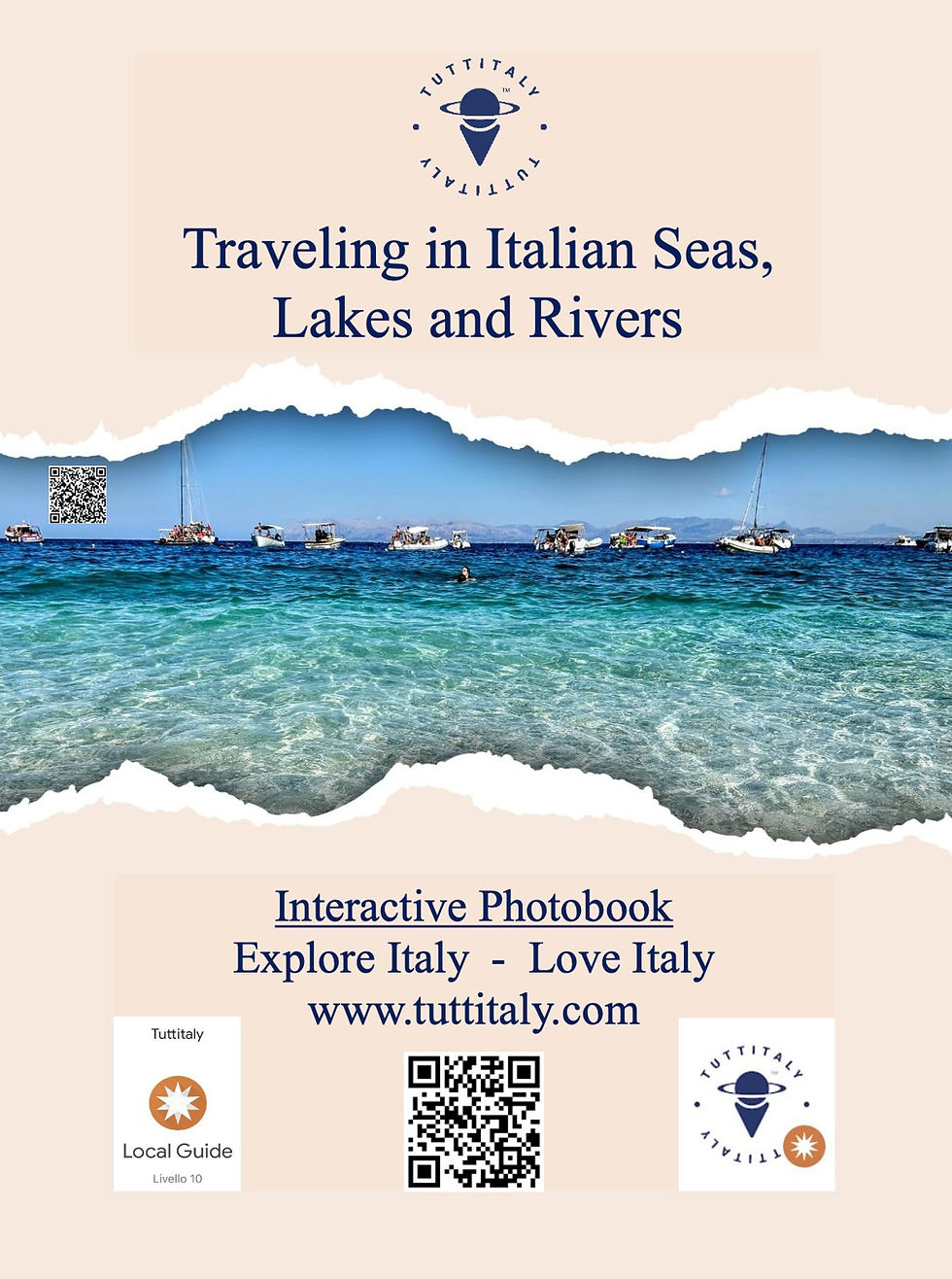In a few places, history, myth, and legend, firmly anchored to the nature of the site, keep intact the magic of their past... #tuttitaly
In the center of the "Sinus Laus" (now the Gulf of Policastro), Sapri still preserves the magic evocative of its past intact.
It is unknown if it was the Scidro of which Herodotus speaks in ancient times, where in 510 BC. Refugees from the flourishing Sybaris destroyed by Crotone took refuge; or Sapròs, a marshy place but with an enviable geographical position, an excellent natural harbor transformed in the 5th century BC. in commercial port and crucial node of maritime traffic in the southern Tyrrhenian;
or even Cesernia, which disappeared from the Roman age; or perhaps Avenia, a large Etruscan center for whose possession, according to a legend, a furious and vain struggle broke out between the Etruscans and the Romans, given that one day, due to a terrible earthquake, the city was swallowed up by the earth and covered by the waters.
It is certain that Sapri, which has always been a frontier land, played an essential strategic territorial role in the ancient world.
Of the beauty of its landscape that embraces a dream sea and a suggestive hilly belt, Sapri soon became an attraction for greats of history, such as Cicero, who called it "parva gemma maris inferi" (the tiny gem of the South Sea).
The Eastern Roman emperor Maximian Erculio chose it as his summer residence. Foreign travelers of the eighteenth and nineteenth centuries emphasized the state of well-being and the elegance of the urban layout.
Today, it is possible to rediscover the extraordinary cultural heritage of the city in the vast repertoire of archaeological evidence present in the "Santa Croce" locality, the sacred place of memories and ancient cults of the city.


























Comments